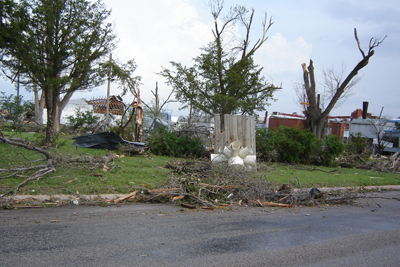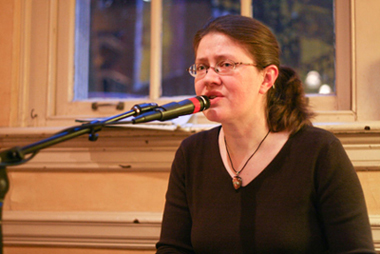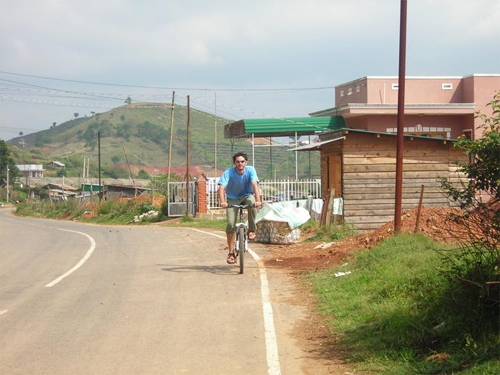“Harrisonburg, VA, May 18, 2007—Lee Eshleman, one half of the acting duo, Ted & Lee, died on May 17, 2007. Lee took his own life after succumbing to a long battle with depression. He leaves behind his wife, Reagan, and their children, Nicolas, Sarah and Gabe, along with countless friends and fans around the world.
Lee has been acting with Ted Swartz, since 1987, when they were introduced to do some comedy pieces for a retreat. Since then, the duo formed Ted & Lee TheaterWorks and have written and performed dozens of sketches and plays, including their most well-known plays, Fish-Eyes and Creation Chronicles, as well as a Christmas show (written and performed with Ingrid DeSanctis) called DoveTale, and their most recent show, Live at Jacob’s Ladder, a musical written with Ken Medema and performed with Ken (and Jeff Raught).
Ted & Lee performed regularly at retreats and conferences for just about every denomination, and were featured performers at national events including DC/LA (for students) and Youth Specialties’ National Youth Workers Conventions.
Lee was an active member of Community Mennonite Church in Harrisonburg, Virginia, and is remembered by others as a funny, compassionate, thoughtful man who cared deeply for his family and was passionate about acting and sharing the story of God with others in creative and compelling ways. Along with Ted, he performed all over the country and in Kenya and Japan.
Lee performed a wide range of characters in their shows. But of his favorite, Lee once said, “I think it’s Nigel Nevilson; just so darned enthusiastic about everything. He’s a good-hearted, optimistic and slightly unhinged soul. Anyone who can find God in Green Eggs and Ham is good company. And when I really cut loose in character, Nigel pulses with all the spontaneity and basic sunny-ness that I sometimes suppress in my real life.â€
A memorial service will be held at 2 p.m. on Monday, May 21 in the Lehman Auditorium on the campus of Eastern Mennonite University, Harrisonburg, Va. There will be a visitation at the Lindsay Funeral Home, Harrisonburg, from 4-7 p.m. on Sunday evening, May 20″.
see also the Mennonite Weekly Review

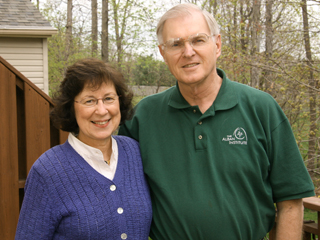
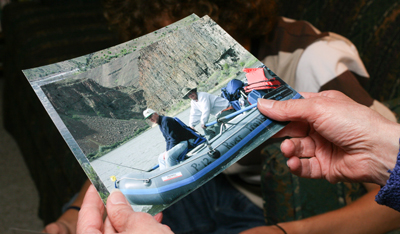
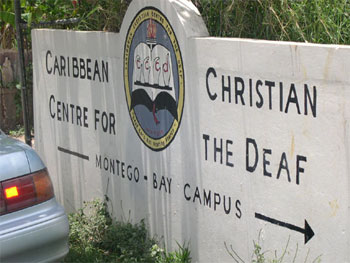 “We have a tradition of offering SST programs in all the languages we teach here. We now offer ASL, so it is a natural extension of that philosophy,” Meyers said. “Our students will learn about Jamaican culture, but also Jamaican Deaf culture.”
“We have a tradition of offering SST programs in all the languages we teach here. We now offer ASL, so it is a natural extension of that philosophy,” Meyers said. “Our students will learn about Jamaican culture, but also Jamaican Deaf culture.”
